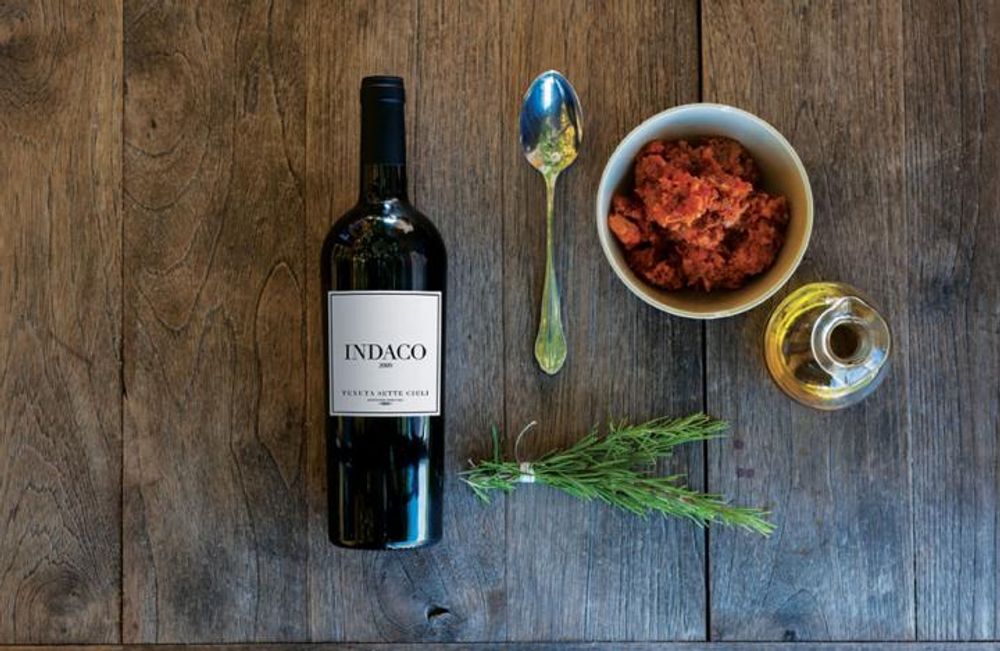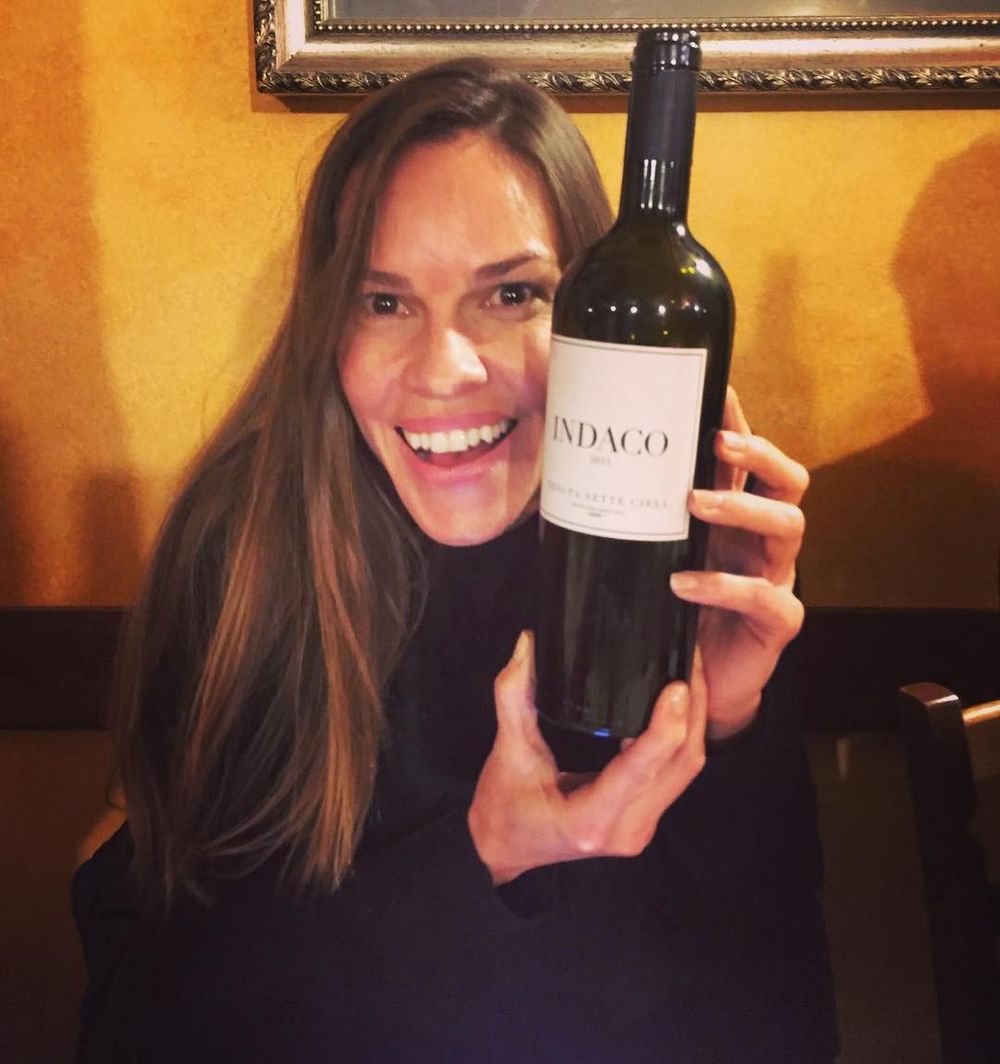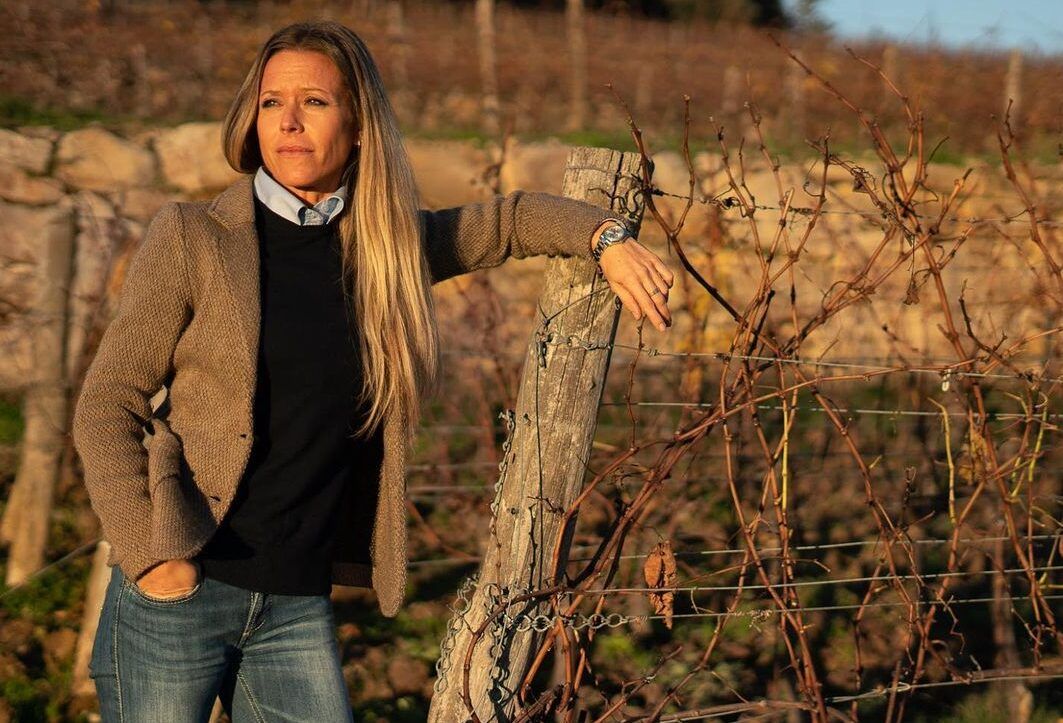“There’s no escaping the fact that summers here are getting hotter every year,” Pozzolini says.
Like shoes, handbags and just about everything else, wine styles and regions can be either in fashion – or not. At the tip of the large iceberg of ‘what’s in’ right now would be Burgundy – indeed Pinot Noir generally – Greece, Hungary and the Czech Republic, the last three countries all experiencing a wine renaissance led by young winemakers focused on local varieties making fresh, and sometimes natural, wines. Probably also Australia and Argentina, for the same reasons.
And out? Bordeaux and Bolgheri would both probably sit top of the list as consumers turn away from those varieties often associated with old fashioned, oaky, heavy wines that aren’t seen to reflect terroir in the same way as indigenous varieties, and which can be hard to associate with “freshness”, which is also very much ‘in’. Walter Speller recently wrote a piece called “Why Super Tuscans have fallen from fashion” and there have been many other examples, all suggesting that the heyday of the pricey ‘aias’ – Sassicaia, Ornellaia, Solaia – may truly be gone.
As a strong supporter of autochthonous grapes, and someone reluctant to put Bolgheri up there with Italy’s other iconic wine Bs – Barolo, Barbaresco, Brunello – I’d have been inclined to agree. But as with everything else in life, there are exceptions.
It came bearing the name Tenuta Sette Cieli, not a producer I was familiar with until four wines arrived on my doorstep, along with an invite to a Zoom tasting with owner Ambogio Cremona Ratti and winemaker Elena Pozzolini.

As the name suggests – in English, the Estate of the Seven Skies – this producer is not based at sea level but at some height, 400m, with clear views across to Sassicaia on the other hill, and to the Maremma coast and Tyrrhenian sea, just 7 kilometres away. At 120 hectares, the property is large but just 15 hectares are planted to vine, divided into two vineyards, one at 400m above sea level, benefitting from the altitude and, vitally, cooling sea breezes.
When the Ratti family purchased the property in the early 1990s – initially to breed horses – it had been pretty much abandoned for over 50 years. Heralding from a textile producing family in northern Italy, with no experience in winemaking, the Rattis soon realised the site and soil profile were also perfect for planting vineyards. Building relationships with other producers in Bolgheri, they planted their first vines in 2000.
“This really is a very special location,” says Ratti, as photos showed the carefully maintained vineyards, the sweeping view and the forests surrounding the property.
“Although the soils can be hard here, the altitude and the sea breezes are key, allowing the slow ripening of the grapes to build, enabling good acidity and great aromas.”

This being Bolgheri, Bordeaux varieties were planted including Merlot, Cabernet Sauvignon, and Malbec – which equally constitute the composition of Indaco, the leading estate wine named after the indigo colour of the evening sky here. Yantra, a less expensive Cab Sav-Merlot Bordeaux blend (not tasted), is also produced.
And crucially, Cabernet Franc was planted, which went onto do so well here that Scipio, the second estate wine was launched, made exclusively from the variety in the better vintage years. The wine was named after the famous Roman general Scipio Africanus, who defeated Hannibal in the second Punic War at the Battle of Zama in 202 BC.

We tasted the 2016 and 2017 vintages of both the Indaco and the Scipio. These were two very different years climatically, with 2016 described by Pozzolini as typically warm and steady but 2017 rough and rubble, very dry and hot – including a few days of 37.5° Celsius, unusual for Tuscany but even stranger for a vineyard located at 400m – before the advent of some equally unusual heavy September rain.
The two 2016s showed perfect balance with lots of dark berry fruit and strong, supportive tannins with the Scipio – of which just 8000 bottles were produced against Indaco’s 13,000 in a typical vintage – showing remarkable power and persistence, which held up over several days of tasting. The soon-to-be-released 2017s were quite different, more obviously evolving of course but this Scipio in particular showing more restraint but also more pronounced herbaceous flavours on the palate. Both vintages of both wines clearly have a long life ahead of them.
“We mix every parcel separately to get the perfect final balance, with the grapes harvested and aged separately in barrels. The wines spend 19-22 months in oak then two years ageing in bottle before release,” says Pozzolini.
She says climate change is clearly becoming an issue in a region already seen by some critics as too hot for the production of fresh and approachable wines.
“There’s no escaping the fact that summers here are getting hotter every year,” she says.

Tenuta Sette Cieli winemaker Elena Pozzolini
So what’s the strategy?
A few years ago, the estate purchased additional land in Bolgheri and has plans to produce a white wine. And five years ago, it planted one hectare of Sangiovese, trying lots of different clones to see which produce the best results.
“It’s been fantastic to work with Bordeaux varieties but if we can make great Sangiovese – and I think we can with our climate, rocky soil and biodiversity – that would be very exciting. We really want now to work with Italian varieties,” says Pozzolini.
But, in the meantime, Sette Cieli remains committed to its impressive Super Tuscan wines.

Yes that’s Hilary Swank enjoying a drop too!
A few days after the Zoom interview, I tasted another delicious full-on 100% Tuscan Cabernet Franc, the Mordese 2018, produced by Vallepicciola; younger than Sette Cieli’s Cab Franc, and with probably a long way to go until at its best, it had fantastic herbaceous berry flavours, demonstrating again just how well this variety performs in Tuscany.
With questions raised about the future of Super Tuscans, and some consumers turning away, maybe producers here should consider planting and producing more Cabernet Franc rather than focusing purely on the blends which made Bolgheri famous?
Certainly in Scipio, Tenute Sette Cieli has a wine that would truly have made Hannibal’s vanquisher, all those years ago, very proud.
Tenuta Sette Cieli Wines are imported into the UK by Swig Wines.
































